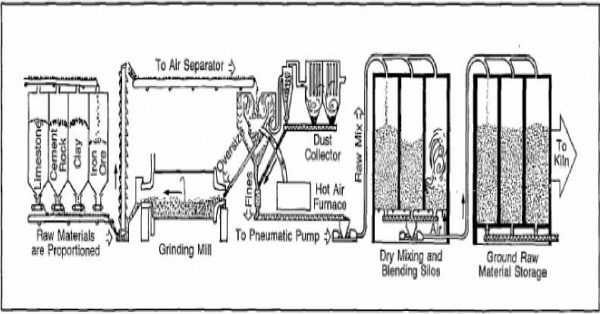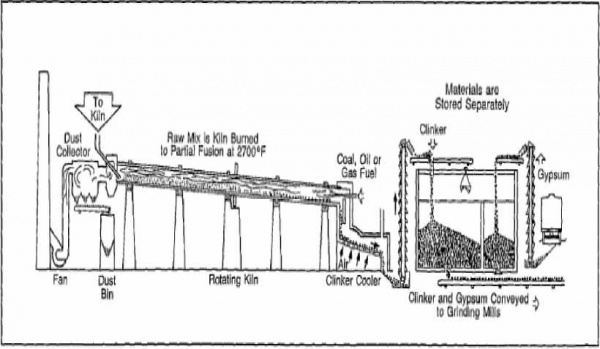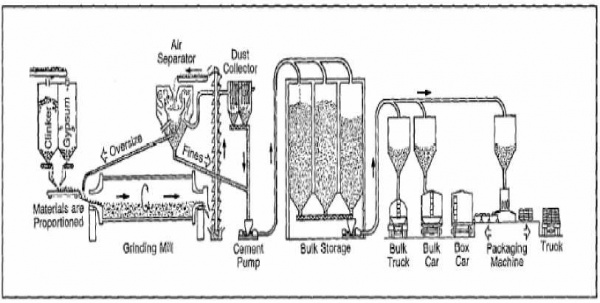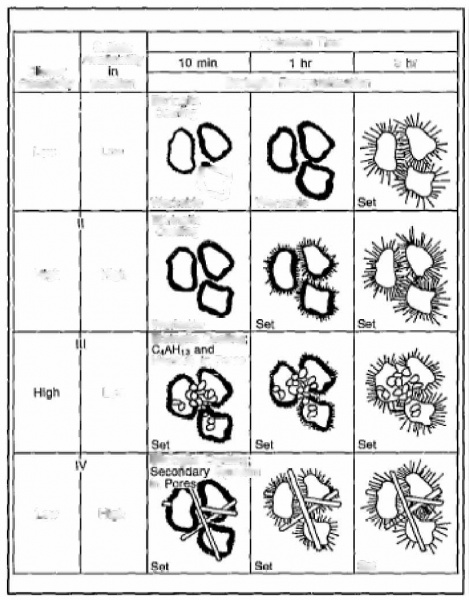Cementing well
The following topics well be discussed:
> Functions of cement
> The manufacture of cement
> Classes and types of cement
> Basic components of cement
> Cement slurry
> Hydration of cement
> Sulphate resistance
> Strength retrogression of cement and the use of silica flour
> Properties of cement slurry
> Casing accessories
> Cement contamination
> Mechanics of cementing
> Liner cementing
> Practical calculations
> Squeeze cementing
> Plugging back operations
> Restriction of fluid movement between permeable zones
> Provision of mechanical support of the casing string
> Protection of casing from corrosion
> Support of the well-bore walls to prevent collapse of formations
The manufacture and composition of cement
> Raw material from calcareous and argillaceous rocks (limestone, clay, shale and slag)
> Dry raw materials finely ground and mixed in correction proportions (kiln feed)
> Chemical compositions of dry mix determined and adjusted
> Kiln feed fed at a uniform rate in a sloping rotary kiln
> The mixture travels at the lower end
> Powdered coal, fuel oil or gas, fired into the kiln
> Temperature reached to 2600-2800 F (1427-1538 C), calcined
> Chemical reactions o raw materials took place and a new material formed (clinker)
> The clinker varies in size from dust to particles of several inches in diameter
> The clinkers sent to air cooler, quenched and put into storage (storage time)
> The clinker ground with a controlled amount of gypsum (Portland cement)
> Cement packed and transported for customers
> Gypsum between 1 to 3% to control setting and hardening of
cement




